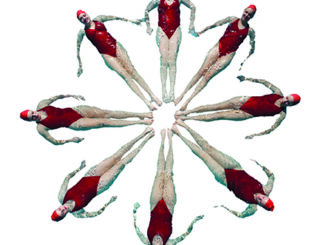
Life’s Hallways: The Role of Liminality in Consumer Decision-Making A new way of thinking about customer journeys
As consumers transition through life’s milestones—whether turning 50, becoming a parent, or retiring—they enter a liminal state, caught between who they were and who they are becoming. This fascinating article explores how these threshold experiences shape decision-making and behavior, often creating moments of uncertainty or hesitation. By understanding liminality, market researchers can uncover deeper consumer motivations, enhance customer journey mapping, and identify new opportunities to support consumers in these transitional phases. From hallways cluttered with old shoes to the design of luxury resorts, this piece reveals how physical and symbolic spaces impact identity shifts—and how brands can leverage these insights for more meaningful engagement. […]









